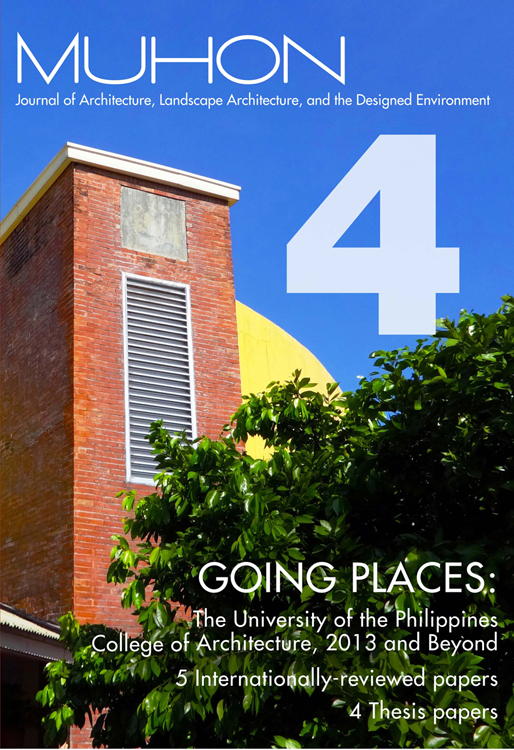Determining Amenity Values of Green Open Spaces in Shopping Malls: Case Study of Ayala Greenbelt Park
Abstract
This paper aims to approximate the amenity values of parks inside malls and evaluate their sustainability, approaching it from the contingent property valuation angle, using hedonic price modeling. Through a case study of restaurants inside malls (interviews and mapping inventory), it establishes the correlation between restaurant distances to park amenities. It is argued that the retail shops or restaurants located near the parks have a higher probability of ROI (return on investment) despite higher rental fees, based on volume of foot traffic generated by this amenity. To validate this assumption, Geographic Information Systems (ArcGIS) is used as a tool in measuring these observations. Factor analysis among the variables is performed to determine those that are significant, after which these are entered into a regression analysis to corroborate initial assumptions and hypotheses regarding the inverse proportionality between ROI and zoning/ distance and view to park, i.e. the nearer the shops are to the park, the higher the ROI. It is the researcher’s hope that, having the parks’ economic viability and sustainability established, it will encourage urban planners and mall developers to allocate more generous portions of green open space, thereby contributing to the general welfare of its users and ultimately enhancing the sense of place and communion with nature.
Published
2013-12-02
Issue
Section
Special Feature
The contributor waives any royalties for the publication of his/her article, as UPCA is a non-profit organization.
The copyright for the published work belongs to UPCA and its selected publisher. The contributor is free to publish a modified version of the same article in other publications.
The contributor guarantees that :
The copyright for the published work belongs to UPCA and its selected publisher. The contributor is free to publish a modified version of the same article in other publications.
The contributor guarantees that :
- the article does not infringe on the copyright or any proprietary right of any other person
- the article contains no libelous or other unlawful matter
- the article makes no improper invasion of the privacy of any other person.





